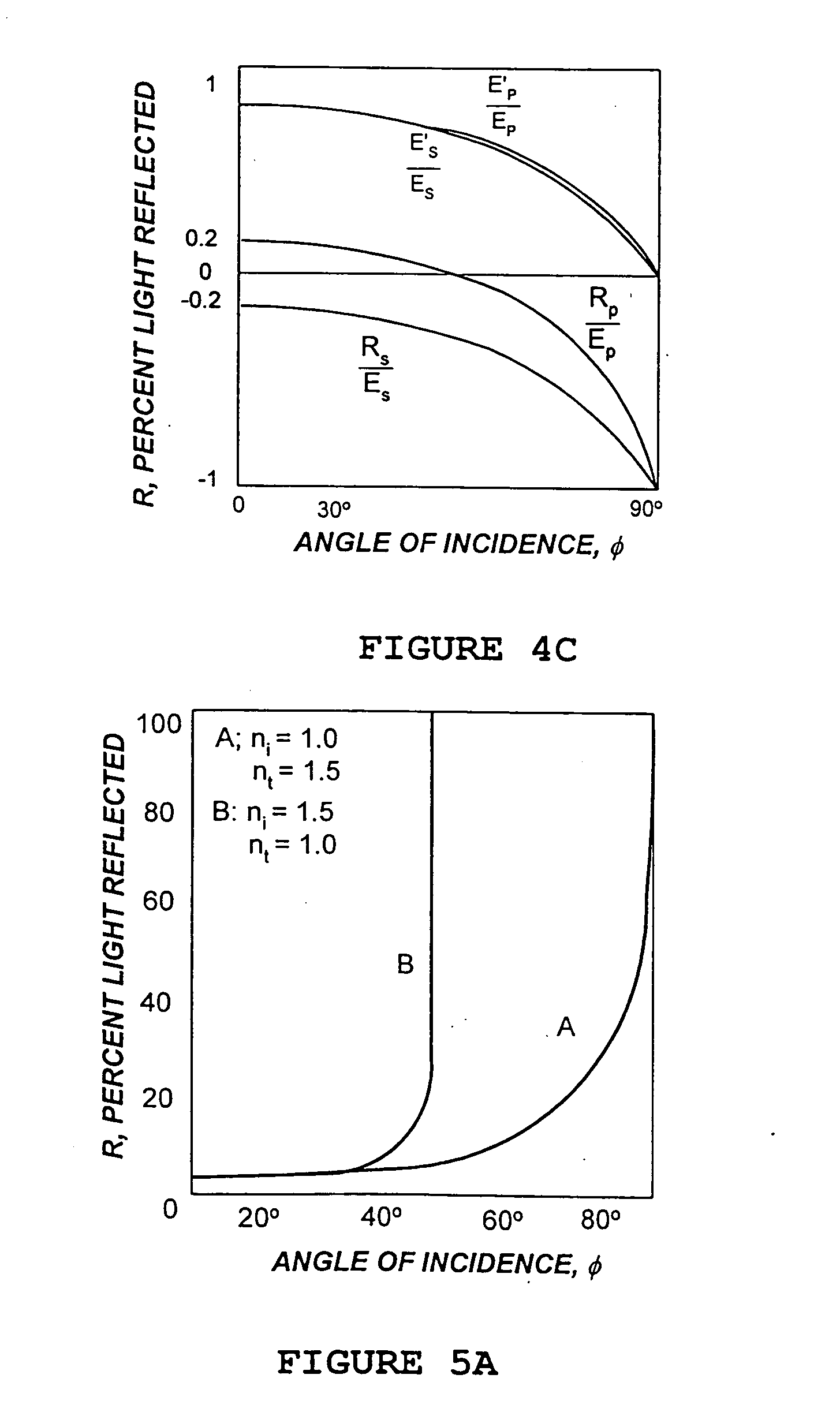Analyte assay using particulate labels
analyte assay and label technology, applied in the field of analyte assay using particulate labels, can solve the problems of difficult use, limited adaptability, time-consuming and costly, etc., and achieve the effects of high optical resolvability, high sensitivity and ease of use, and high degree of specificity
- Summary
- Abstract
- Description
- Claims
- Application Information
AI Technical Summary
Benefits of technology
Problems solved by technology
Method used
Image
Examples
examples
[0533] Examples 1 through 10 involve the measurement of light scattered from particles, or emitted from fluorescent molecules, or both. The instrument used to measure the light signal was a photometer built by SpectraMetrix as described previously.
[0534] For examples 1 through 3 the polystyrene particles used for these measurements were NIST traceable certified nanospheres obtained from Duke Scientific Corp., Palo Alto, Calif. The gold particles were obtained from Goldmark Biologicals, Phillipsburg, N.J., a distributor for British Biocell Intl., Cardiff UK.
[0535] For examples 4 through 10 the fluorescein was obtained from Molecular Probes Inc., Eugene Oreg., the gold particles were obtained from Goldmark Biologicals, Phillipsburg, N.J., a distributor for British Biocell Intl., Cardiff UK., and the Polystyrene particles were obtained from Interfacial Dynamics Inc., Portland, Oreg.
[0536] The relative light scattering powers of particles of the same shape and size, but of different ...
examples 1 , 2
Examples 1, 2, and 3
Calculated and Measured Relative Scattering Power of Comparable Polystyrene and Gold Particles
[0537] The results are presented in Tables 6, 7, and 8. Calculations were performed using known light scattering relationships and our newly defined relationships as previously described. Experimental measurements were done for particles in water by detection of the light scattered by particles free in solution at a given illumination intensity and wavelength using the SpectraMetrix Photometer. The following steps were performed. [0538] (a) Illuminate the control and comparable sized particle samples with the same incident light composition and intensity. [0539] (b) Determine the light signal emitted from a control tube containing water but no particles. [0540] (c) Determine the light signal emitted from a tube containing particles at known concentration. [0541] (d) Subtract the control light signal value (b) from the light signal value of (c). [0542] (e) Compare light...
example 4
Measured Relative Signal Generating Power of Fluorescein and Gold Particles-White Light Illumination.
[0543] The results are shown in Table 10. The same method of light detection was practiced to determine the light signal emitted from all samples in a 6 mm by 50 mm glass tube. No optical filters were used in the measurement of the light signal from either the gold particles or the fluorescein.
[0544] All measurements were made in water. The solution containing the fluorescein had a pH of 8-9. The light signal value of a tube containing only water was subtracted from the gold particle or fluorescein value in order to obtain the light signal due to just the fluorescein or gold particles.
[0545] The following steps were performed for the measurement of the light signal from particles. [0546] A. (a) Illuminate all samples with the same incident light composition and intensity. [0547] (b) Determine the light signal emitted from a control tube containing water but no particles. [0548] (...
PUM
| Property | Measurement | Unit |
|---|---|---|
| diameter | aaaaa | aaaaa |
| diameter | aaaaa | aaaaa |
| diameter | aaaaa | aaaaa |
Abstract
Description
Claims
Application Information
 Login to View More
Login to View More - R&D
- Intellectual Property
- Life Sciences
- Materials
- Tech Scout
- Unparalleled Data Quality
- Higher Quality Content
- 60% Fewer Hallucinations
Browse by: Latest US Patents, China's latest patents, Technical Efficacy Thesaurus, Application Domain, Technology Topic, Popular Technical Reports.
© 2025 PatSnap. All rights reserved.Legal|Privacy policy|Modern Slavery Act Transparency Statement|Sitemap|About US| Contact US: help@patsnap.com



